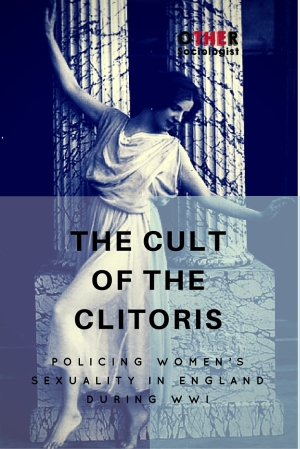By Zuleyka Zevallos
 This story is engrossing: Maud Allan was a Canada-born dancer who found fame in Germany in the early 1900s. She performed in the Oscar Wilde play, Vision of Salome, famous for “the dance of the seven veils.” When Allan was in her 20s, her brother was executed for killing two girls. She changed her name to escape this notoriety but later found herself the subject of infamy, drawn into a litigation case defending her name against charges of “sexual perversion.” Allan’s artistic sensuality and the fact that she was a lesbian were weaved into a conspiracy plot involving the highest office of British parliament. The Daily Mail recently reported on Allan’s life as a new play is being produced in San Francisco which is based on this salacious court case.
This story is engrossing: Maud Allan was a Canada-born dancer who found fame in Germany in the early 1900s. She performed in the Oscar Wilde play, Vision of Salome, famous for “the dance of the seven veils.” When Allan was in her 20s, her brother was executed for killing two girls. She changed her name to escape this notoriety but later found herself the subject of infamy, drawn into a litigation case defending her name against charges of “sexual perversion.” Allan’s artistic sensuality and the fact that she was a lesbian were weaved into a conspiracy plot involving the highest office of British parliament. The Daily Mail recently reported on Allan’s life as a new play is being produced in San Francisco which is based on this salacious court case.
Allan’s story makes an excellent historical case study of the criminalisation of femininity and homosexuality in Britain at the end of World War I. I discuss the contradictory meanings of Allan’s dancing and her embodiment of the character Salome, a figure that has come to represent the dangerous qualities of female heterosexuality. The cultural significance of Allan’s dancing and her court case takes on multiple meanings in light of Allan’s reality as a lesbian woman in the 1920s.
I use Allan’s story to examine the history of the clitoris and its cultural mystique in relation to cis-women’s* bodily experiences of pleasure in connection to dancing and sex. Continue reading The “Cult of the Clitoris”: Policing Women’s Sexuality in England During WWI
